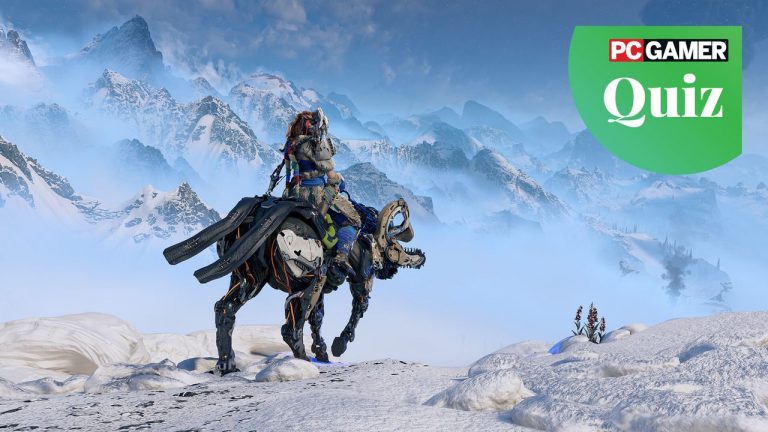Since the development of the first arcade games, video games have come a long way. Certain game features that were extremely popular in the early days have slowly gone out of fashion. This post explores some of those features that have been gradually phased out and why they are no longer popular within games.
Unlockables
In past games, you could often unlock new characters/items/levels by completing certain challenges. There are some contemporary games where you can still do this (such as Smash Ultimate and Insomniac’s Spiderman series), however most modern games have got rid of unlockable content in exchange for DLCs and in-game purchases. It made more sense for developers to charge for extra content and make some extra profit as soon as consoles started introducing stores and digital currency. Of course, this has led some game series to lose their charm a little. Is it time to bring back more unlockables?
Paper manuals
This one is fairly simple to understand. Back when you could only buy physical versions of games, it was popular for developers to include extras within the game box such as paper manuals and maps and stickers. Nowadays, more people are downloading games and a lot of the information found in manuals can be accessed online. While you can still buy physical versions of games, they are less popular and developers see less reason to spend as much money on the packaging – and do you often end up getting nothing for than a disc in the box.
Cheat codes
A lot of old games had cheat codes that you could enter to unlock levels, make your character invincible, give yourself infinite in-game money or give your character a ‘big head’. Cheat codes were slowly phased out during the 2000s for a variety of reasons. Firstly, many cheat codes were originally introduced as debugging tools for developers, and developers no longer needed these tools now that they had advanced development tools. Secondly, the introduction of online gaming and achievements/trophies meant that many cheat codes would disrupt the game for other players or create an unfair advantage. Some modern games still have chest codes, but they’re a rarity. Modding has really taken over from cheat codes – boosted Call of Duty MW3 accounts and silly Skyrim mods are prime examples.
Demo discs
Some veteran gamers may remember playing demo discs bought with magazines that contained short demos of various new/upcoming games. Such demos typically allowed players to complete a single level or experience 10 minutes of play. These demo discs became less common over time. Why? Because the internet made it easier to access demos online, plus print media was in decline and publications could no longer pay developers to distribute demos. The likes of Steam still offer game demos, but they’re different to the demos found on demo discs. Open betas and early access events have also become more popular as a way of building excitement for a game – giving players more to experience before buying a game.
Loading screens
Loading screens are less common in modern games – and not just because games are able to load new environments faster. Developers began realising that loading screens were testing the patience of gamers, and so started introducing more interactive alternatives. These include cutscenes, minigames and lobbies where you can tinker with pre-game settings. Background loading has become more common in games – in many open-world games, new areas generate as you are reaching them. This has helped to make loading screens less popular.
Manual saving
A feature that many gamers will be happy to see the back of is manual game saves. Before games introduced ‘autosaving’, you had to remember to manually save your progress as you went along. If you forgot to save before you died or before you quit, all your progress could be lost. Developers realised that this was a feature that was almost universally hated, and so autosaving became the new norm. Of course, some games do still allow you to create manual savepoints, but such games are less common.
Button mashing
During the 00s, games went through a period when it was popular to contain button mashing minigames or interactive cutscenes where hitting a button as fast as you could could save you from death. Such features became a bit of a cliche and there were complaints that it made games less accessible to some people who weren’t capable of hitting a button fast enough. As a result, games stopped introducing button mashing challenges. They’re not completely dead – some fighting games still have them – but they’re not as omnipresent as they once were.
The post 7 Video Game Features You Rarely See Anymore appeared first on LitRPG Reads.




